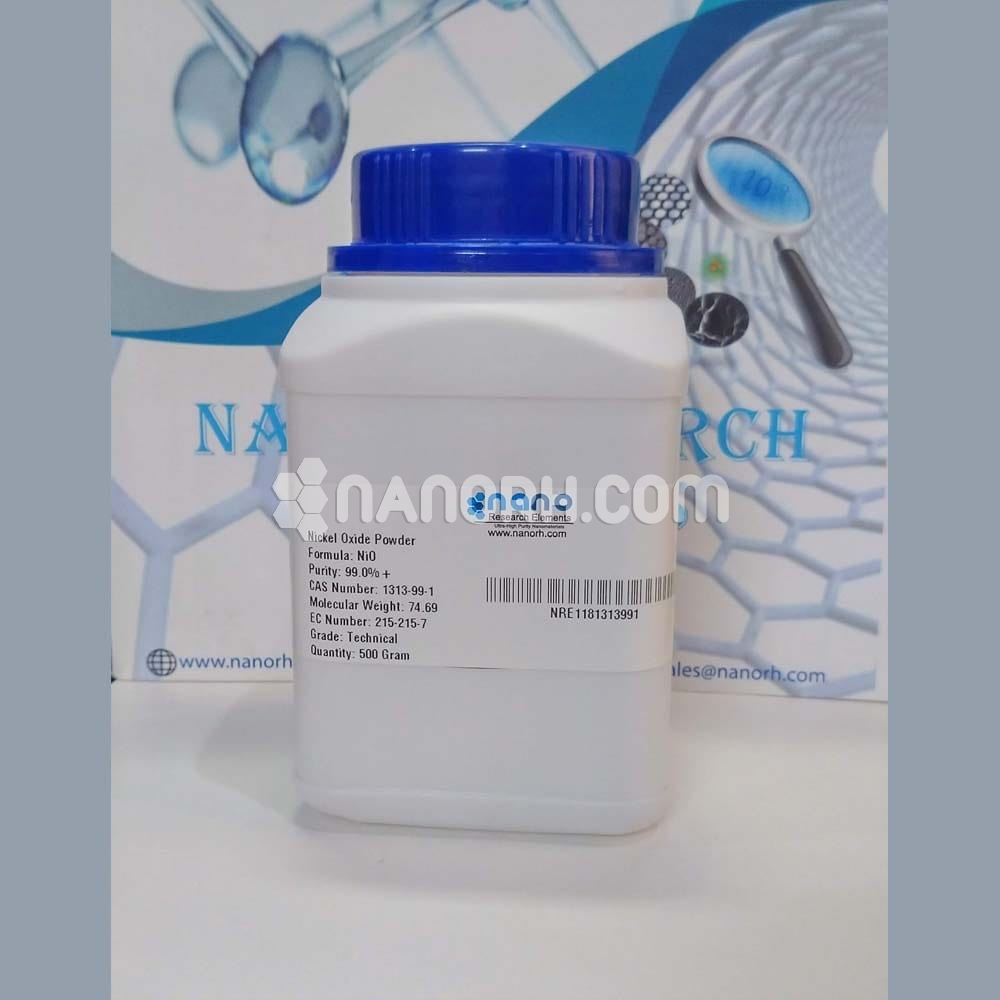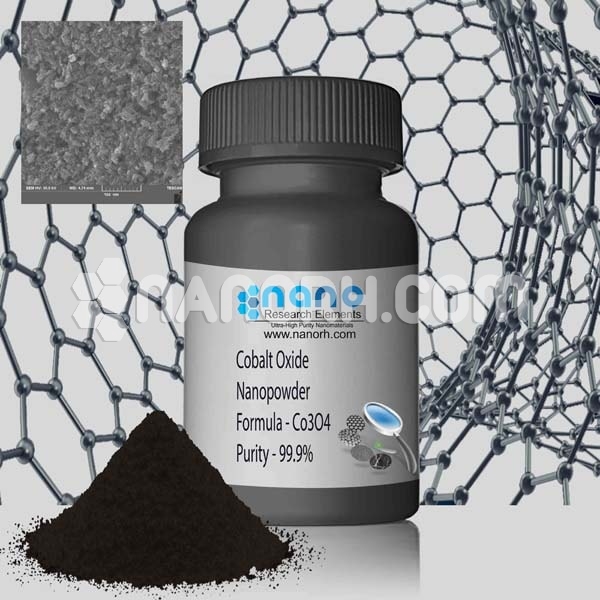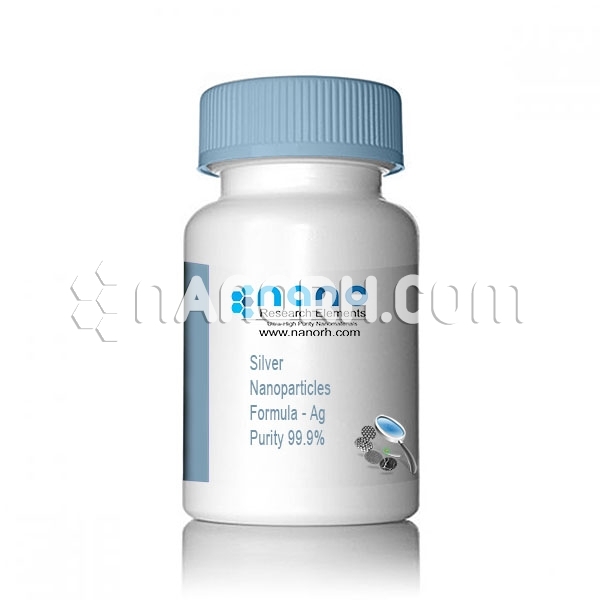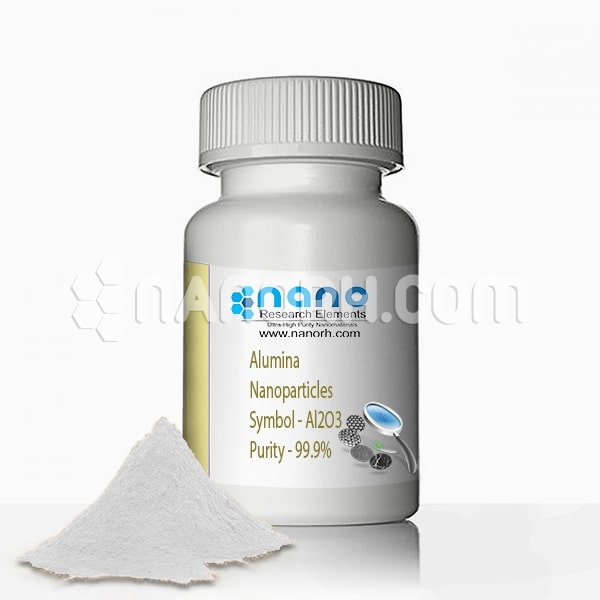Nickel Oxide (NiO) Nanopowder / Nanoparticles (NiO, 99%, 10-20 nm)
Adhesive and coloring agents for enamel; Active optical filters; Antiferromagnetic layers; Automotive rear-view mirrors with adjustable reflectance; Catalysts; Cathode materials for alkaline batteries; Electrochromic materials; Energy efficient smart windows (with adjustable absorption and reflectance in the visible……………………..
| Nickel Oxide Nanopowder | |
| Product No | NRE-3043 |
| CAS No. | 1313-99-1 |
| Formula | NiO |
| APS | <20nm (Can be Customized) |
| Purity | 99% |
| Color | Green Crystaline |
| Molecular Weight | 74.692 g/mol |
| Density | 6.67 g/cm3 |
| Melting Point | 1955 °C |
| Boiling Point | NA |
Nickel Oxide Nanopowder (NiO) Applications:
Adhesive and coloring agents for enamel; Active optical filters; Antiferromagnetic layers; Automotive rear-view mirrors with adjustable reflectance; Catalysts; Cathode materials for alkaline batteries; Electrochromic materials; Energy efficient smart windows (with adjustable absorption and reflectance in the visible and near-IR wavelength range) P-type transparent conductive films; Pigments for ceramics and glasses; Temperature sensors; Counter electrode.
Nickel(II) hydroxide is used in the nickel-cadmium battery, nickel-metal hydride battery, and in rechargeable battery electrodes.
Nickel oxide nanoparticles look like a green powder and are classified as highly toxic. They can cause an allergic skin reaction, long-term adverse effects on aquatic life and possible organ damage through prolonged or repeated exposure.
In the preparation of the nickel cermet for the anodic layer of solid oxide fuel cells
In lithium and nickel oxide cathodes for lithium ion microbatteries
In electrochromic coatings, plastics and fabrics
In nanowires, nanofibers and special alloys and catalysts
As a catalyst and antiferromagnetic layers
In lightweight structural components in the aerospace industry
Adhesives and dyes for enamels
In active optical filters
In ceramic constructions
In automotive rear-view mirrors with adjustable reflection coefficient
In cathode materials for alkaline batteries
Electrochromic materials
Energy efficient smart windows
P-type transparent conductive films
Materials for gas or temperature sensors such as CO sensors, H2 sensors and formaldehyde sensors
as counter electrodes




